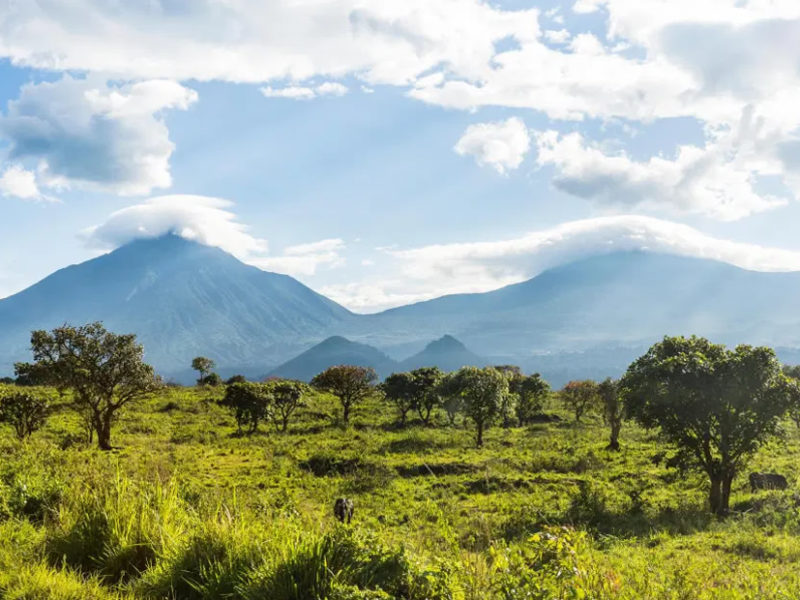Rwanda’s Urwagwa Banana Beer Comes of Age, Now on the Tourist Map
You may ask yourself what a refined and polished tourist from New York who has jumped off the plane at the Kigali International Airport and traveled to Musanze has in common with a rustic and weather-beaten Nyakinama village when you see them walking and chatting together along a small strip of road behind the imposing buildings of Musanze Village Polytechnic, seven kilometres west of Musanze town, northern Rwanda. The answer is Red Rocks Cultural Centre.
Both have a common interest that can be summed up into learning from each other’s culture. Since its establishment in 2011, Red Rocks Cultural Centre has established different programmes that help in promoting tourism, conservation and community development, and in this regard it has also helped in promoting activities that help to bring people of different backgrounds around the world to share their unique cultural experiences.
Jeanne Sauer, a tourist from Germany, says when she came to Rwanda her main purpose was not to see the famous mountain gorillas in their natural habitat around the Virunga massif, but to experience what Rwandan people have to offer in terms of their culture.
“I had read about Rwanda and this is the country I had put on by bucket-list to visit one day. A quick Google search introduced me to Red Rocks and the amazing activities they provide there. I said this is a country I have to visit and here I am at Red Rocks, relishing my dreams,” she says.
The dream Sauer must be talking about is the various cultural activities that she found being carried out at Red Rocks. She says when she asked the staff about how she could spend her time enjoying the real cultural heritage of Rwanda, she was told that there are many activities that the local women here are engaged in, including making of authentic traditional Rwandan handicrafts, and of course demonstrating how to make the traditional beer.
“I wanted to have a first-hand experience of making the traditional beer. This is when they called a group of women who came with raw materials, precisely ripe bananas and the millet to help in making the final product,” she says.
Preserved and unchanged by a few die-hard loyalists, the brewing of Urwagwa – a local brew made out of crushed bananas – remains faithful to an ancient formula handed down over generations in Rwanda.
“The women, through their interpreter, led me through the whole process, and what I discovered is that it was not an industrial scale process as we know it but just putting your energy and effort into it,” says Sauer.
Like most traditional skills, the recipe and process for brewing Urwagwa is mostly handed down from father to son.
Jeanne Uwangabiye, a 52-year-old woman from Nyakinama village, says she picked the tips from his grandfather who would not substitute Urwagwa with any other beverages. She finds it appropriate to lead tourists through the process, which begins with obtaining ripe bananas and pressing them with grass to yield slightly clear juice.
The contents of the tank are then stirred and the leaves squeezed to remove residual juice which can effectively be obtained through using a small amount of water.
After that sprouted, lightly roasted or ground millet is poured on top of the juice which thereafter is covered in banana leaves and kept in a warm area for three days and this is why some times the mixture is buried in the ground to allow fermentation.
The process of fermentation happens because there are enzymes present in the sorghum which facilitate the breaking down of banana starch that is eventually acted upon by the yeasts and bacteria. Those who prefer enjoying the drink while it is as clean as possible may have to filter it prior to consumption.
“What I liked most about this experience is drinking what I had brewed with my own hands. It made me realize how life can be simple,” says Sauer.
Another tourist from the US, Fredric Fitzgerald, says he learned about the skills of making the traditional beer in a home in Nyakinama village when he went for a homestay.
“It was exciting to see how the people around there are able to use simple ingredients to make such stuff. And the taste was not all that bad!” he quips.

